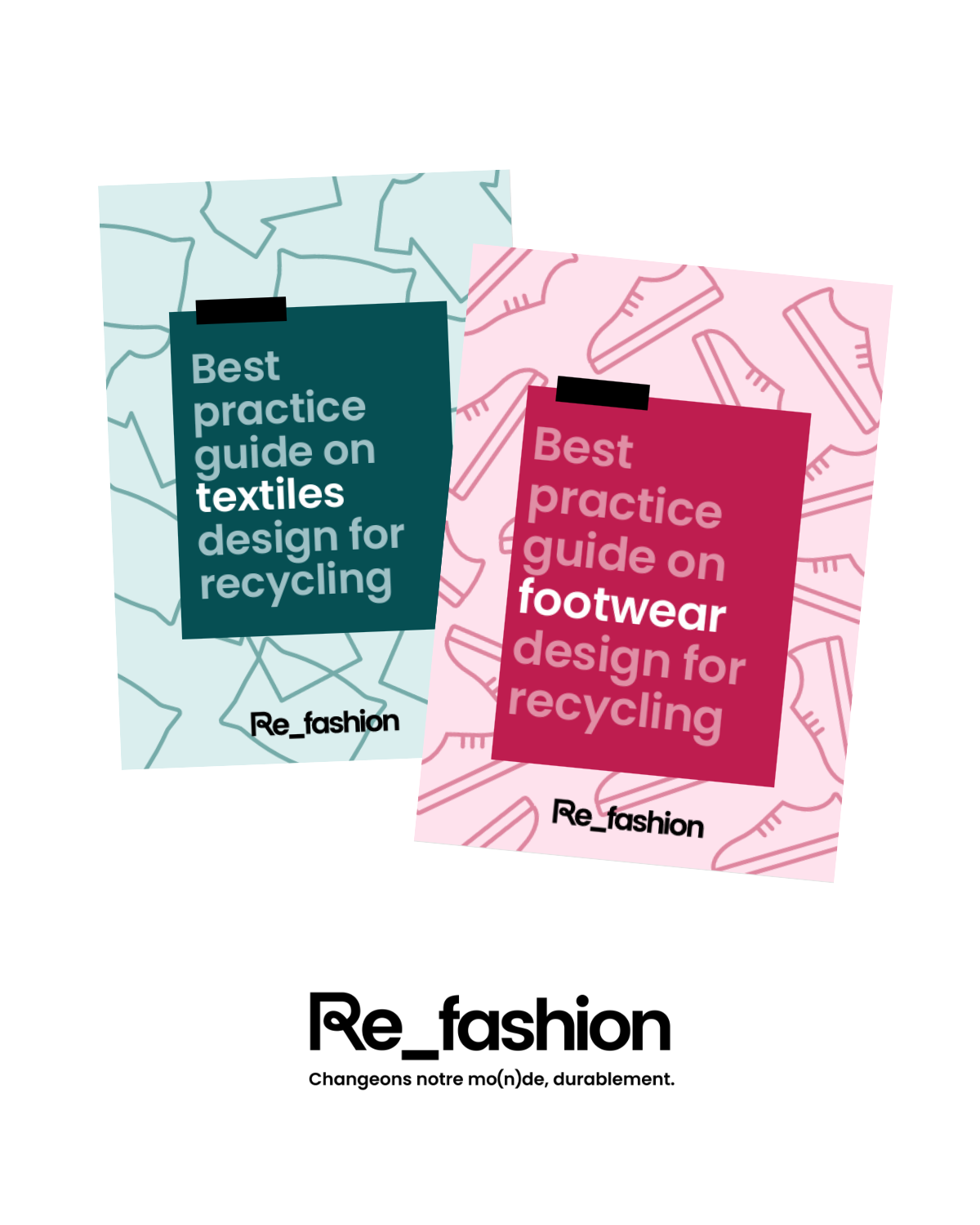Disruptors and facilitators of Clothing, Household linen and Footwear (CHF): the current situation
Disruptors and facilitators of Clothing, Household linen and Footwear (CHF): the current situation
In light of the ongoing ecological shift and evolving regulations, Refashion updated its work in 2024 on the recyclability of used, non-reusable Clothing Textiles, Household Linen, and Footwear (CHF). The study, based on bibliographic sources — particularly research by the École Nationale Supérieure des Arts et Industries Textiles (ENSAIT), commissioned by Refashion (formerly Eco TLC), for the Study of Disruptors and Enablers of Textile and Household Linen Recycling in 2014 — and on discussions with industry stakeholders, analyzes the factors that hinder or promote recycling.
Objectif : Identify the distuptors and facilators of CHF recycling, explain their impact on each process, assess the degree of distruption, and associate them with eco-design efforts to integrate recyclability into a product from the design phase.
A disruptor is an element or material that prevents, hinders or alters the quality of recycling, or even makes it impossible. They can be external disruptors (elements such as buttons, zippers, embroidery, etc.) or internal disruptors (constituent or structural elements, such as blends of materials, finishes or the presence of elastane).
On the other hand, a facilitator is an element or set of elements that has a positive impact on at least one of the recycling routes or on a recycling stage. For example, a thermofusible thread to facilitate dismantling, a single-material product, etc.
Textile recycling
Textile recycling is based on three main processes: mechanical, thermomechanical and chemical. Although the sector is already well structured, it still faces a number of obstacles. The main disruptors identified concern complex blends of materials (from 3 different fibers in a single fabric), the presence of elastane above 5%, all-over decorative elements (sequins, finishes, prints, hardpoints, etc.), metal-plastic yarns, and electronic and electrical components all likely to disrupt or damage equipment. On the other hand, single-material, single-layer and monochrome textiles, without purely aesthetic additions, are considered the most favorable for efficient recycling.
Footwear recycling
Footwear recycling is still an emerging sector. It currently relies on two main processes: shredding the entire shoe, or manually or automatically separating the upper and the sole. The wide variety of materials, the complexity of the assembly methods (welded, stitched, injected), and the frequent presence of metal or electronic components significantly hinder recycling.
Ressource
To deepen your understanding of the topic, check out our resources:
